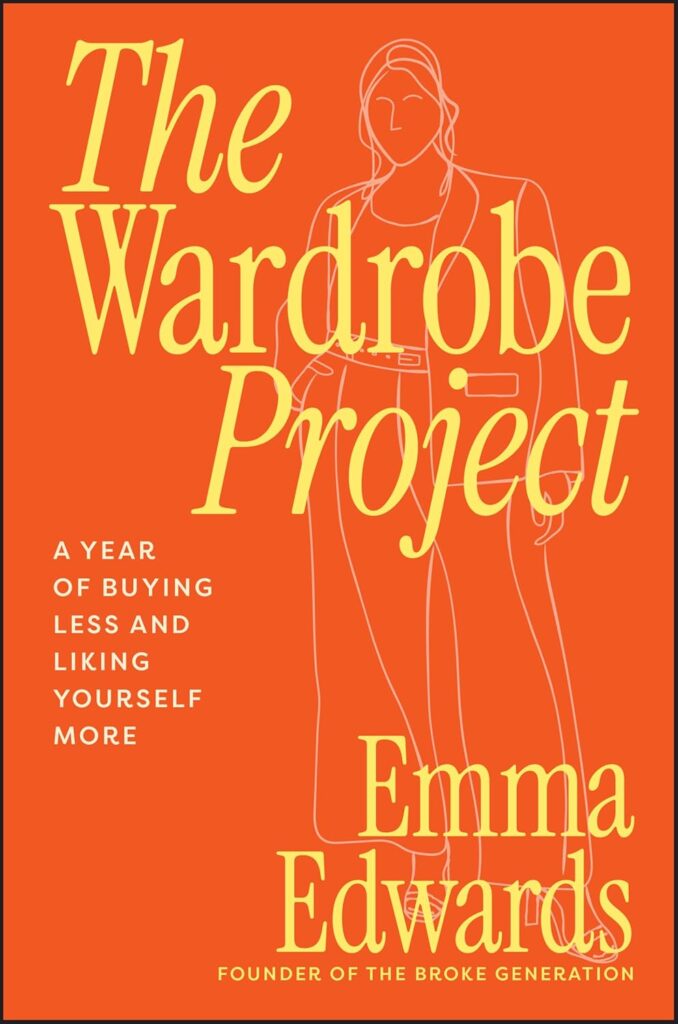What is the secret to anti-ageing? Is it a serum promising to reduce the appearance of fine lines and wrinkles or is it yet another overpriced supplement with an obscure ingredient list? After typing the question into my search engine, the AI overview encourages both lifestyle and skincare factors, including a good retinol and gentle cleansing.
The social conversation regarding age tends to centre around physical appearance. In today’s era, society seems more focussed on the appearance of youth as opposed to biological age. Popular culture tends to steer clear of seemingly unglamorous topics such as neurological aging and cognitive health.
It appears easier to invest in Botox and lip flips in our quest for eternal youth, yet the conversation usually stops at aesthetic intervention. Truthfully, the secret to anti-aging goes much deeper than our skin. It transcends our image and extends into the physical. Protecting yourself from the effects of aging is more than the colour of your hair or the lines on your face. It goes beyond, crossing the blood-brain barrier.
While it might seem easier to talk about plastic surgery and aesthetic interventions, cognitive health is a conversation that needs to occur, considering Dementia is the second leading cause of death of all Australians. It is also startling to learn that it is the third leading cause of death for Australian women.
Except, I hear more about tummy tucks and breast augmentation than I do about cognitive decline.
Dementia is an illness where the brain begins to deteriorate, negatively affecting memory, thinking, orientation and speech. This can also lead to changes in language, social behaviour and physical motor skills. Dementia is more likely to occur in an aging population, but it isn’t a normal part of growing older. It can also be affected by things outside of your control, but there are ways to take care of your brain to reduce the risk of developing this illness.
The best way to protect your brain is by using it. Afterall, our brain is a complex structure filled with multiple neural pathways, which we use to send messages throughout our body. It needs to be exercised and trained in the same way the rest of our body needs to be utilised. However, it doesn’t need to be a huge undertaking. It is as simple as picking up a pen and putting it down on paper.
The practice of writing by hand is a crucial life skill that can also defend against cognitive decline. In today’s tech-centric society, it’s easy to go days or months without writing a single word on paper.
When automatic alerts and ChatGPT are much easier, why would you bother writing by hand?
“When you engage in handwriting, you are activating multiple areas of the brain,” says Nick Petrovic, Psychologist at Mind Profile Psychology Clinic, “if we compare this to typing, fewer regions of the brain tend to be utilised, there is a lower level of memory retention and there is less processing.”
“Typing is generally faster than handwriting, so the speed comes at the cost of surface level processing,” says Petrovic. “The advantage of ease and speed come at the cost of less activity in the brain.”
“This can lead to parts of the brain developing weaker connections,” says Petrovic. “This lack of stimulation can impair cognitive processing and contribute to the sensation of “brain rot.”
In a digital age, convenience and speed is often prioritised as society favours productivity. Popular culture romanticises the idea of handwriting as an artform. Bridgerton reminds us of the creativity in long-form handwriting, type setting and printing, while The Notebook tugged on our heartstrings with the lost art of letter writing. Bridget Jones arguably started the trend of journal writing but today, we have printers, smart phones and the scary realm of artificial intelligence.
Even kids in school reach for their phone or tablet quicker than a notepad and pen, which is the most concerning habit of all. Children are often encouraged to use technology over physical writing due to its speed and efficiency, despite the benefits of writing by hand. Research in this area shows students produce higher quality work when using a pen and paper, compared to typing.
Despite the growing body of evidence, cognitive health is buried under other topics in the zeitgeist. Instead, our culture leans into technological proficiency and encourages output over neurological wellness. Any time we engage with technology over a more traditional route, we promote efficiency over optimal brain health.
“The brain is like a muscle; the muscles we don’t use become weaker over time and can suffer from muscular atrophy,” says Petrovic. “The brain is made up of neurological connections, when we don’t use them, they too can deteriorate.”
“Anything that activates our neurological connections, like handwriting, allows those connections to form or strengthen. Research suggests that an active brain may delay the onset of age-related cognitive decline.”
Concerningly, increased smart phone use has been associated with attentional and learning deficits and the deterioration of personal relationships.
Rachel Harker, Clinical Psychologist and Founder of the online dating and friendship app Tribal, explains that handwriting is more than just neurological, it is also about communication and socialisation.
“Beyond just handwriting, short-form communication is also reshaping how we express ourselves,” says Harker. “While convenient, it often comes at the cost of clarity, depth, and empathy in our conversations.”
“With fewer face-to-face interactions, many people are missing out on the nonverbal nuances that help us build strong social bonds. That can be particularly impactful for younger generations that are missing key learning opportunities,” says Harker.
In Australia, approximately 88% of the population own a smart phone and while optimising technology might be quicker, it comes at a cost. It is not a surprise that putting pen to paper has positive effects.
Afterall, slowing down is our antidote to the modern world and handwriting is no exception. The act of writing results in mindfulness, which can reduce feelings of stress and anxiety, while also lowering blood pressure. In a fast-paced world, slow is the way to go. However, the negative effects of technology overuse can extend beyond general wellness.
“It’s not technology itself that is bad for our brains; it’s what we stop doing because of it. Handwriting, for instance, is far more complex than we give credit for,” says Harker. “It engages fine motor skills, activates memory pathways, and requires focused attention, all of which strengthen our brain.”
“When we stop practicing complex, integrative skills like handwriting, we reduce opportunities to build and reinforce neural connections,” says Harker. “Over time, this could contribute to poorer cognitive function or faster mental decline.”
“We now know that handwriting improves comprehensive and cognitive development. If we lose this early in life, we don’t yet know what the long-term consequences will be,” says Harker. “We run the risk of seeing an entire generation less equipped for critical thinking and problem solving.”
So, how can we prevent the potential effects of cognitive decline?
“Exercise it,” says Harker. “Keep writing, no matter your age.”
“Our brains are beautifully adaptable…it’s never too late to grow, learn or change,” says Harker. “The little things matter more than we think.”
The advice is simple; go back to the basics. Nothing, not even ChatGPT, can replace the astounding neural effects of pen and paper. Handwriting is like an LED mask for your brain, concurrently engaging multiple motor processing centres while optimising neural connections.
The true secret to anti-ageing lies within the power of the pen.
Read more of our Health & Wellness articles here.





